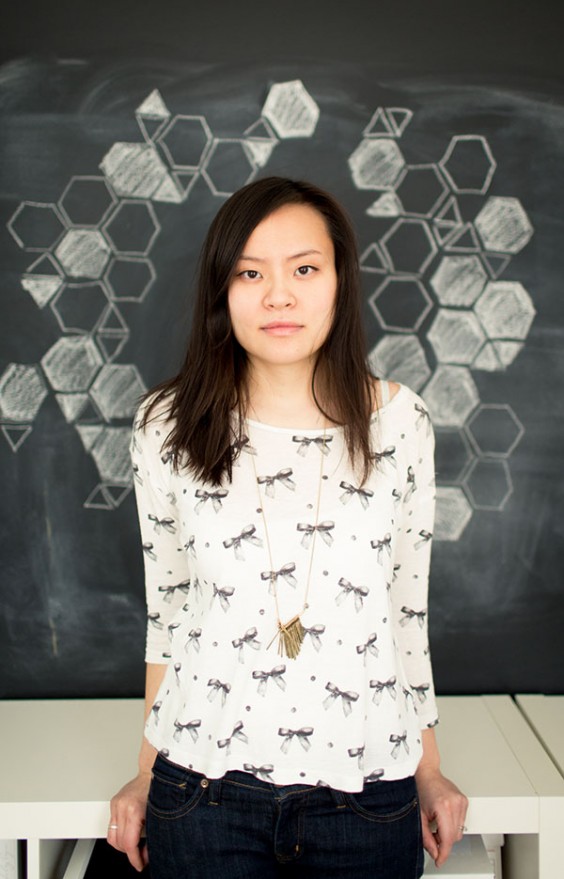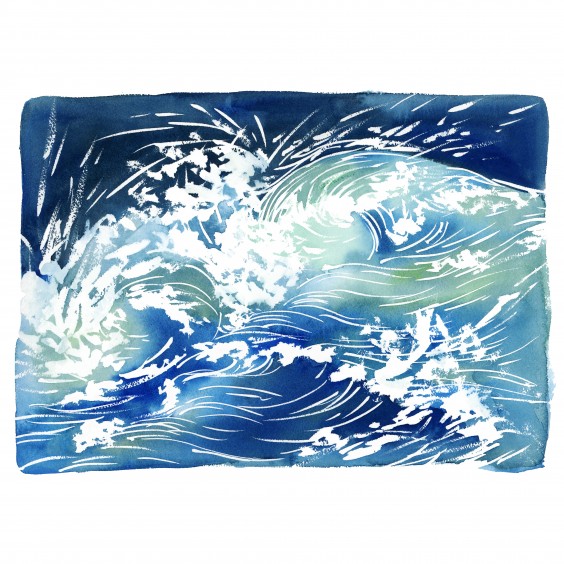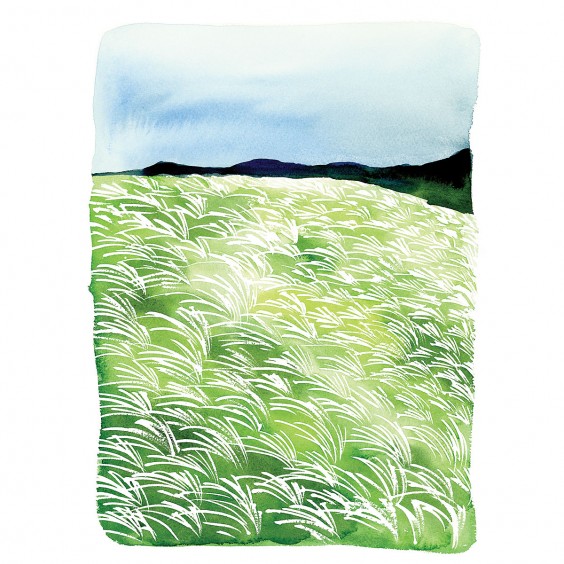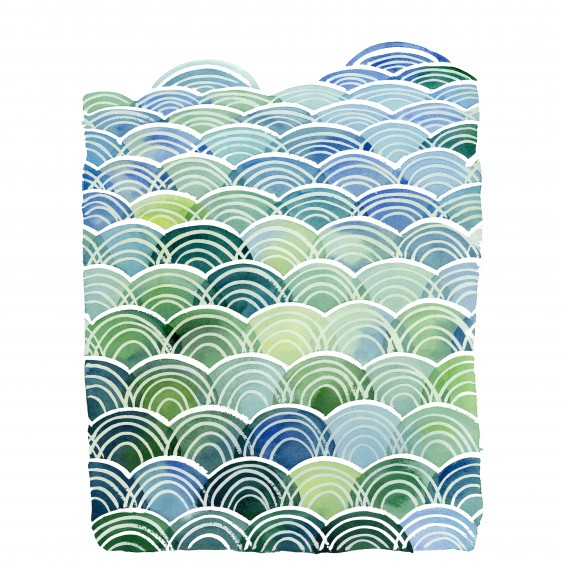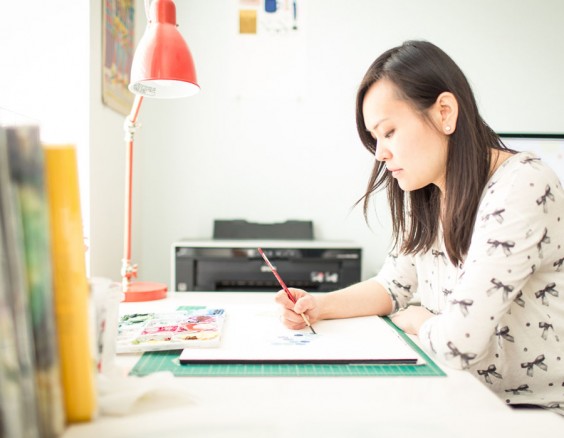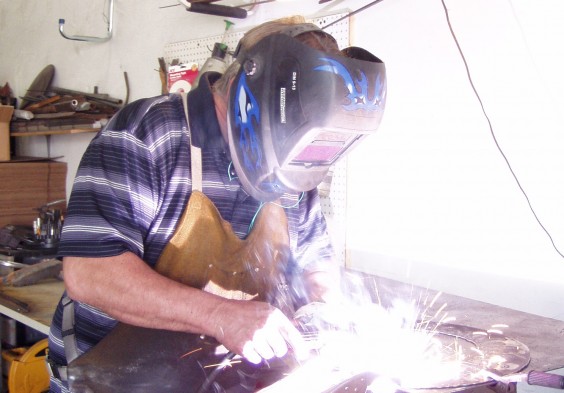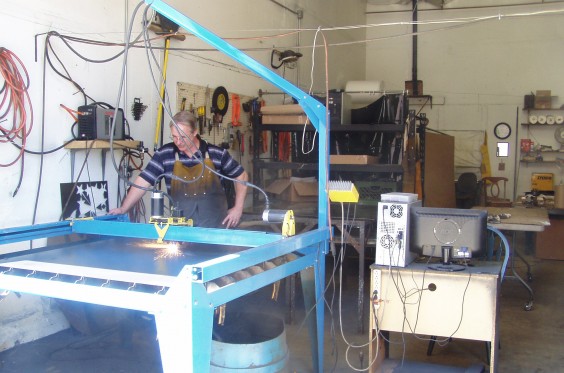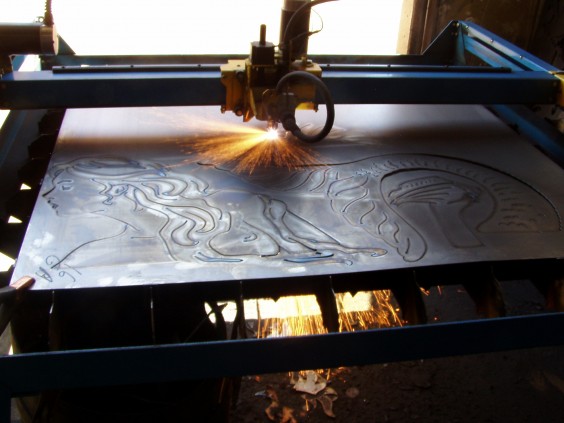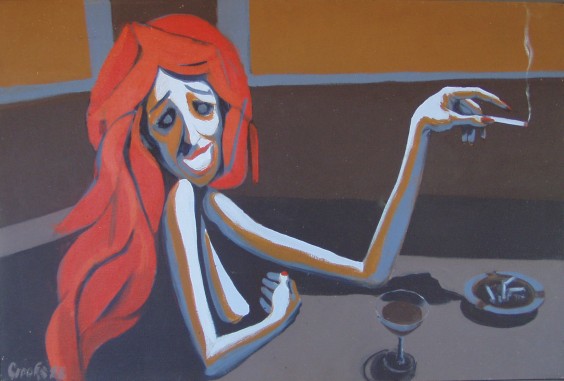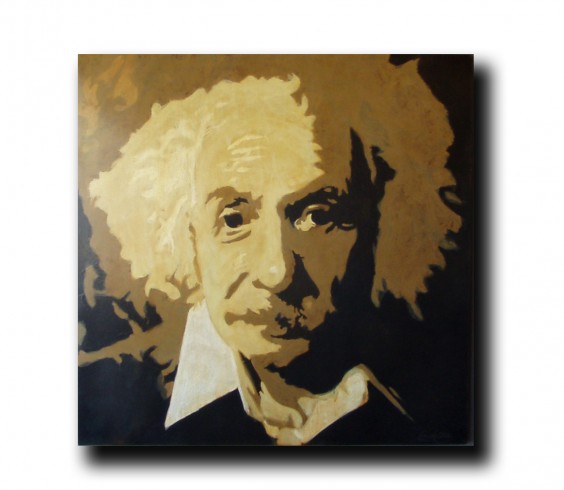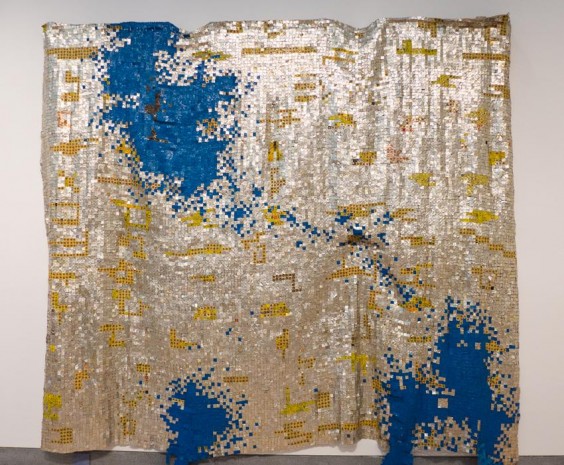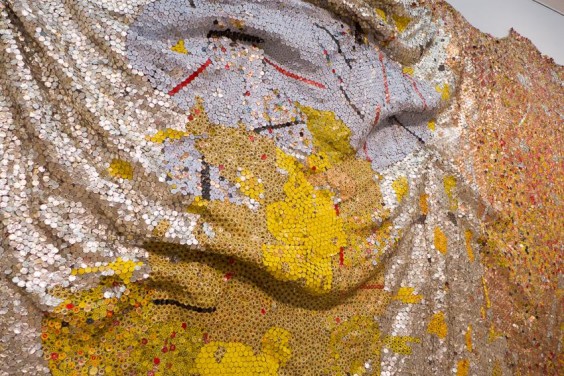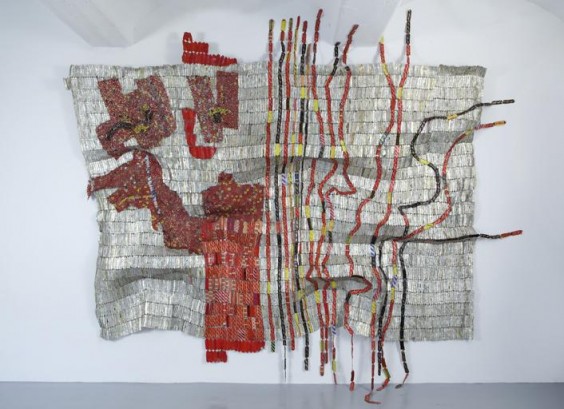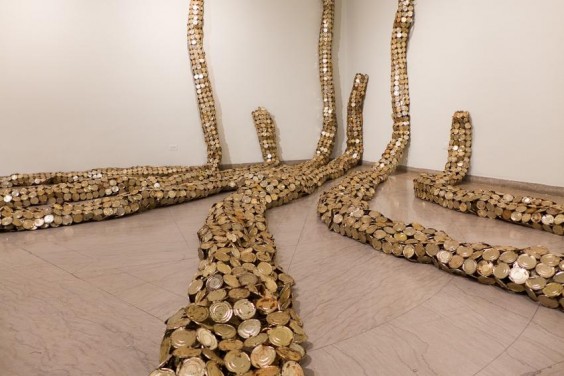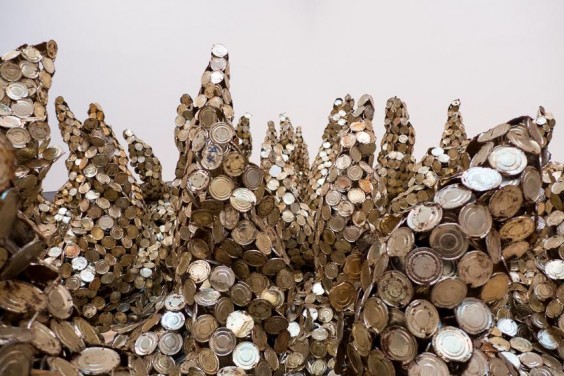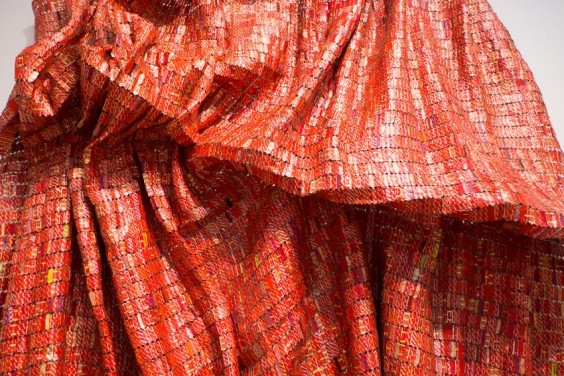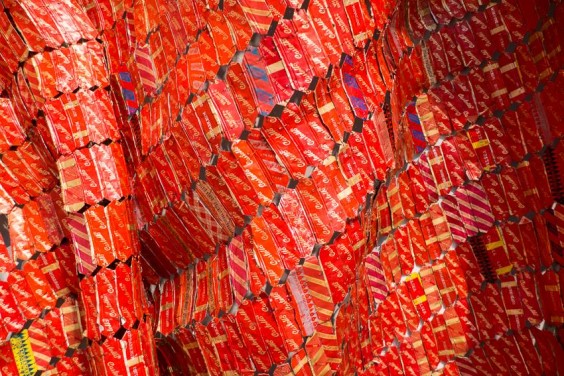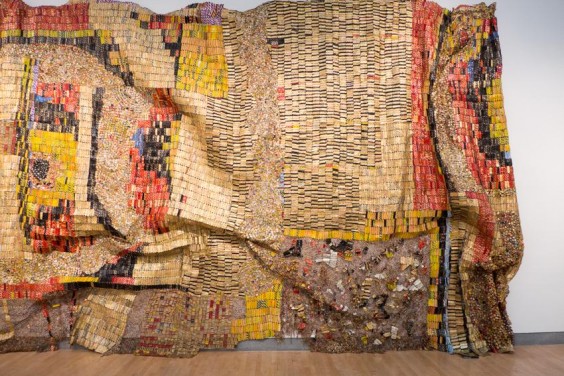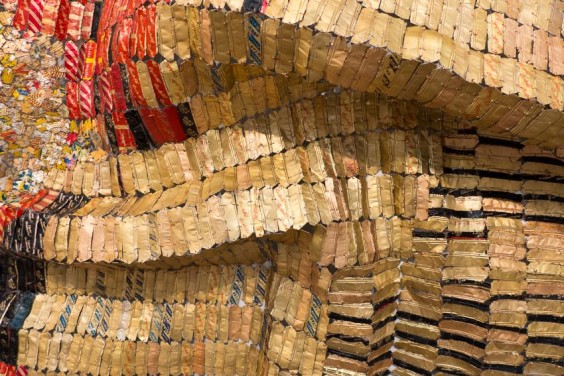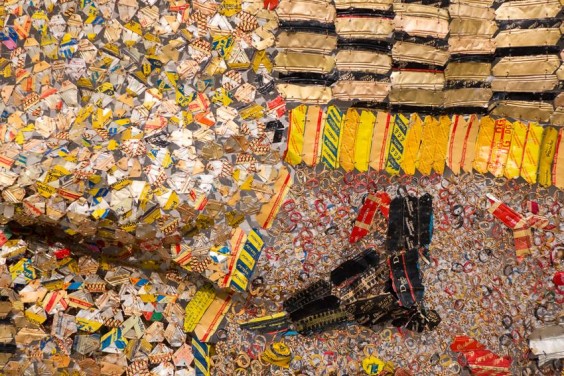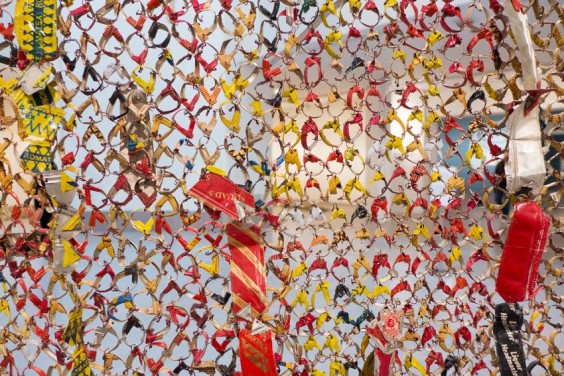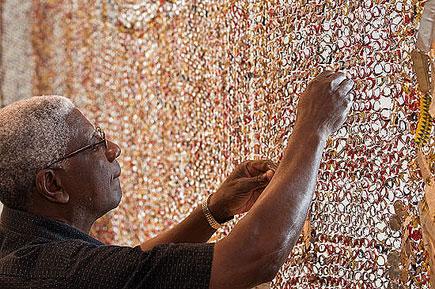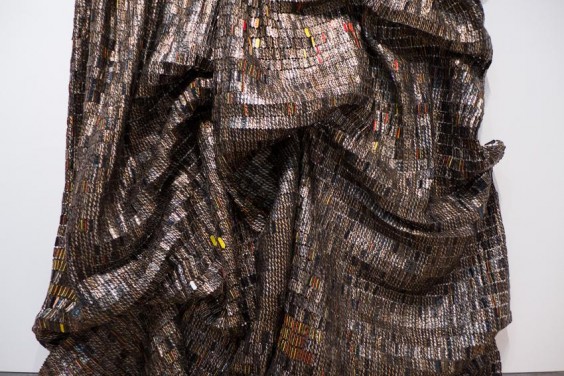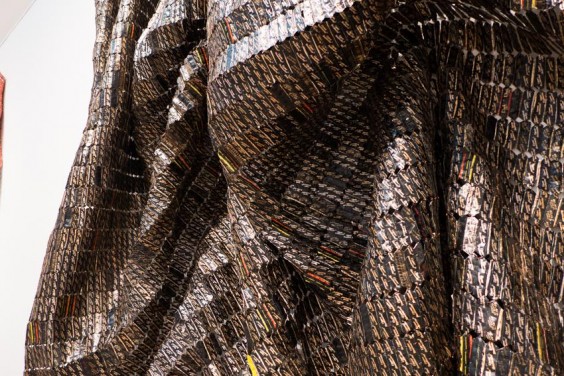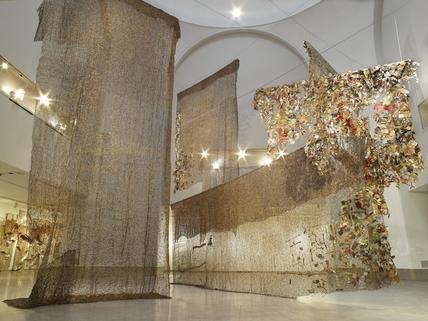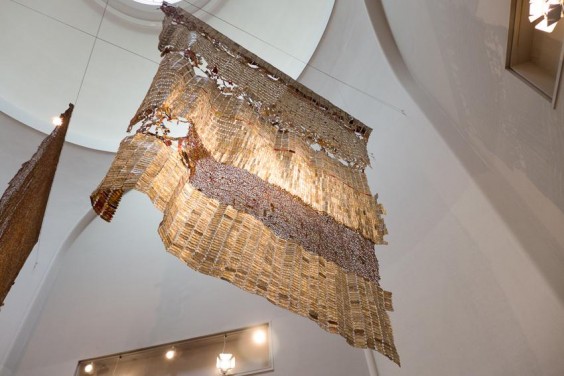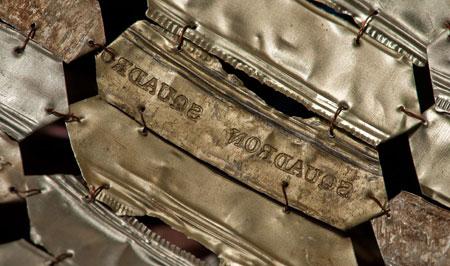An avid container gardener and all-around horticulture-lover, Ricky Giacco founded NativeCast in 2010 to create and sell his handcrafted concrete “functional sculpture” while following environmentally responsible business practices. His “green concrete” is amazingly light, yet strong, and made mostly of recycled materials.
Giacco’s uniquely creative planters come from an illustrious family tree. The Roman Colosseum, the Hoover Dam, the Panama Canal, and this adorable Cupcake Planter are all made of concrete, the most widely-used building material in the world.
The production of concrete uses much less energy than other building materials, such as steel, aluminum, glass and wood. But it’s not carbon-neutral, and we Earthlings use 19 billion tons of it a year. That adds up. In fact, about 7 percent of human carbon emissions comes from concrete manufacture. So at UncommonGoods, we’re big fans of Ricky’s innovative, ecologically sound concrete, which he makes from scratch in Chadds Ford, PA.
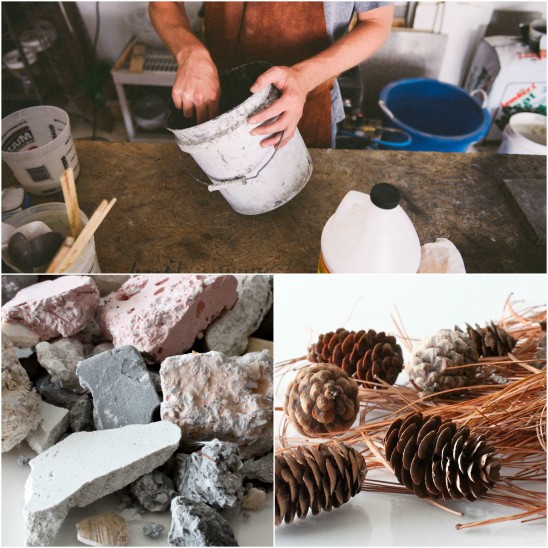
You could call Giacco a concrete mixologist. He concocts new recipes using ingredients native to his region. But unless you enjoy the taste of seashells, pine cones, and crushed, reclaimed roadway rock, you won’t want to drink these cocktails. Your plants will love drinking from them, though; concrete makes a great planting environment. Because it’s porous, it allows air and moisture to move into plants’ root structure; and it maintains a more stable soil temperature throughout the year, compared to plastic or metals.
NativeCast is a family affair: Giacco is its creative head, his father handles most of the business end, his wife works on trade shows, his mother works in the production studio once a week, and Giacco says each member of his “rather large” family “helps out in one way or another.”
We wanted to know more about every aspect of his business, and he graciously allowed us to indulge our curiosity.
You “design” not only your objects, but the material they’re made of. Does that give you a special satisfaction?
Designing the material I work with is very cool, and I am happy with the results I am getting. There is satisfaction in knowing that my customers also enjoy what I’m doing. I do know the material’s limitations, so as I look to design new pieces and expand the business, I am exploring some new material ideas.
The most important breakthroughs have been in the mixing process. We have successfully replaced the typical heavy aggregates with lighter and more eco-friendly options while maintaining a good strength. This process is much easier said than done.
Tell us a bit about the process of making your concrete.
Our green concrete is made by hand and is a fairly complicated process to mix. It is made of Portland cement, sand, lime, recycled concrete, post consumer plastic, shells and pine mulch. The ingredients are always the same, but the ratios tend to vary. This is due to a number of different factors; the biggest ones are air temperature and the technique being used to craft the pieces. We use different application processes depending on the individual product. This forces us to hand mix many small batches of concrete.
Is it a form of hypertufa?
It is not exactly hypertufa, but the concept of modifying the concrete mix for planters is the same.
Where and how do you get the recycled material you use? Is it pre-crushed? Do you treat it? Does it affect the color of the stone?
Our recycled content is all locally sourced. The reclaimed concrete is cleaned and crushed into very small pieces so we can properly incorporate into our mix. We do not treat the recycled content any further. The recycled content does not affect the color of the stone. It acts as filler so it is really contained within the concrete walls.
What factors come into play when making these decisions about materials and their suitability for a given piece?
The things I am trying to do with any given piece are fairly straightforward. The first is to make the container as strong as possible while using the smallest amount of concrete material. Then I look for the most efficient way to apply the concrete. And the last part is mostly using the best concrete mix to achieve the surface texture for the container. This process does take a bit of experimentation to get production rolling.
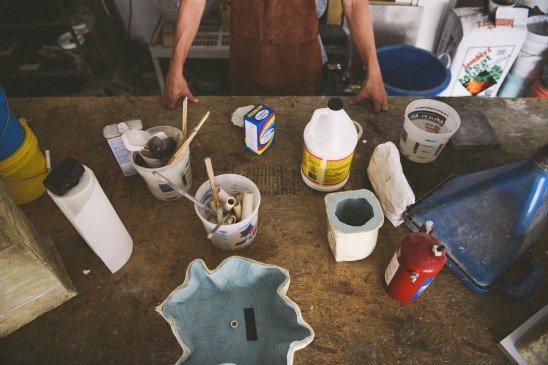 Do you actually hand cast every piece yourself? How do you do it quickly enough to fill the demand?
Do you actually hand cast every piece yourself? How do you do it quickly enough to fill the demand?
I do cast every piece myself and it is time consuming. I have the experience which allows me to move fast, but efficiency really comes down to making good molds and have a quick system to fill each one.
Your family helps a lot; that sounds lovely… depending! Do they all have a lot of these planters and other items in their homes?
Yes my family helps quite a bit and yes they all have planters in their homes. This is how we test out the product and improve others. I think working with family is a very special thing, if you can find a way to be productive. I’m sure it is not for most people. However, I am constantly surprised how much I like it.
Your materials are sustainably smart. Do you think construction or other types of companies, governments, etc. could use this kind of material on a large scale?
I certainly think it’s a good concept for an eco-friendly building material. However there is a lot of science involved in engineering concrete. What we make is intended for a craft application. I know there are plenty of scientist, engineers and universities working on the construction grade eco-concrete.
Concrete is alkaline, and very porous. Are your planters best used for alkaline-loving plants that don’t need a lot of water?
Yes, concrete is made from limestone, which is an alkaline rock, and therefore alkaline plants will do best in our containers. If you wish to put an acid loving plant in concrete, a liner is recommended. And it is porous, and is better for plants that don’t need a lot of water. In my opinion, porous is good all around; potted plants die because of over-watering.
How should one take care of these pots?
The concrete containers are fairly easy to care for. What I tell most people is to avoid standing water. It can stain over time and in freezing temperatures can crack concrete. Other than that, they are pretty easy to use.
Your Apple Bark Planter was cast from a crab apple tree that got sick and had to be removed. It sounds like you’re very sentimental about plants! What are your favorite things to grow?
I did know this tree for many years and was disappointed to see it go. I had this idea to make the planter, and I think it turned out pretty well. My favorite plants are cactus and succulents. They seem so exotic to me. I love how rugged and nearly indestructible they are. I wish I lived in a warmer climate to grow them beyond my containers.

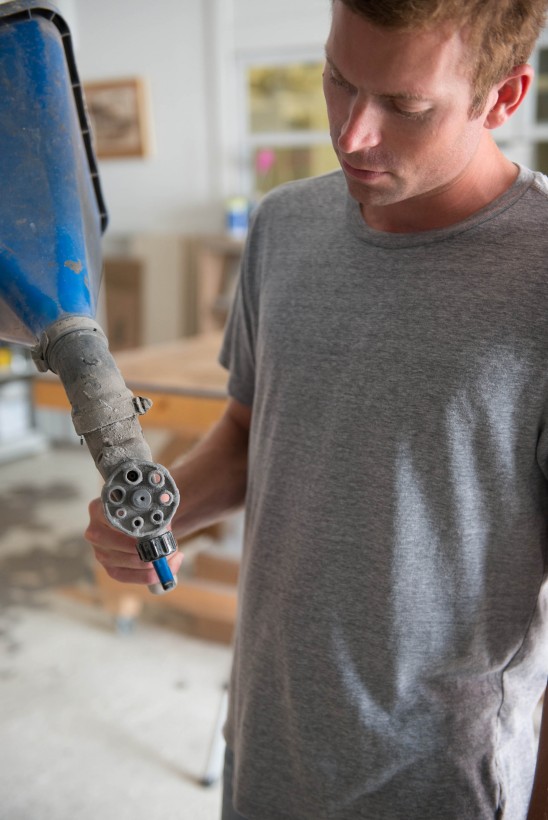
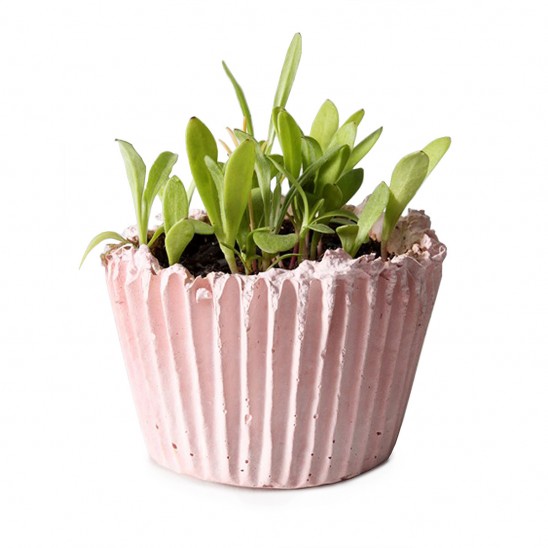
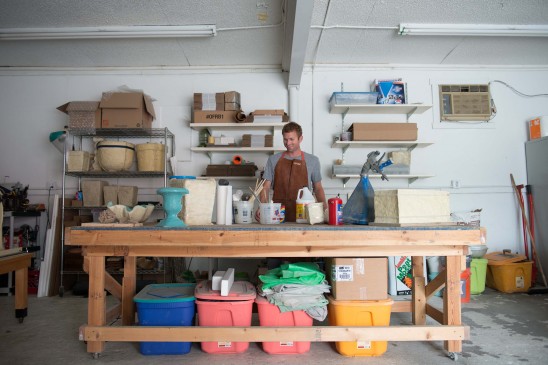
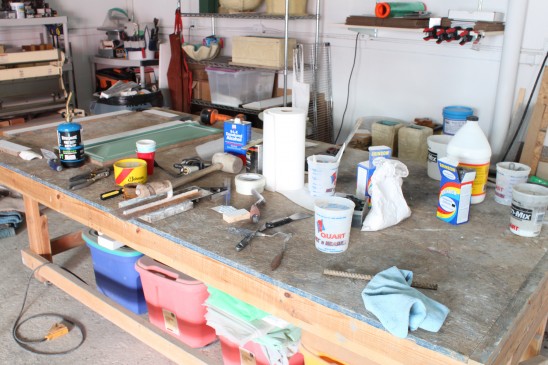
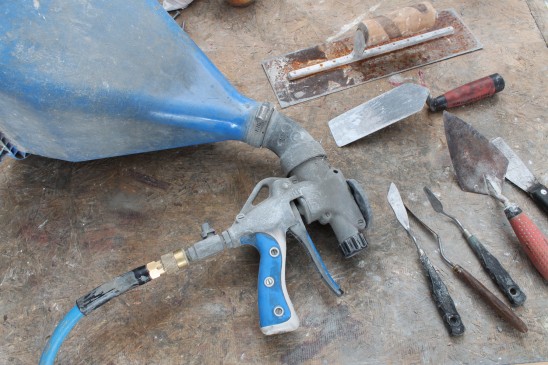
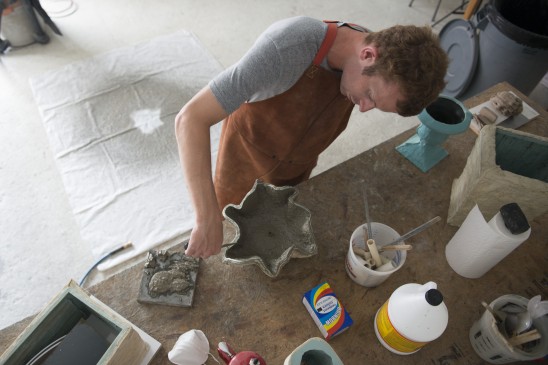
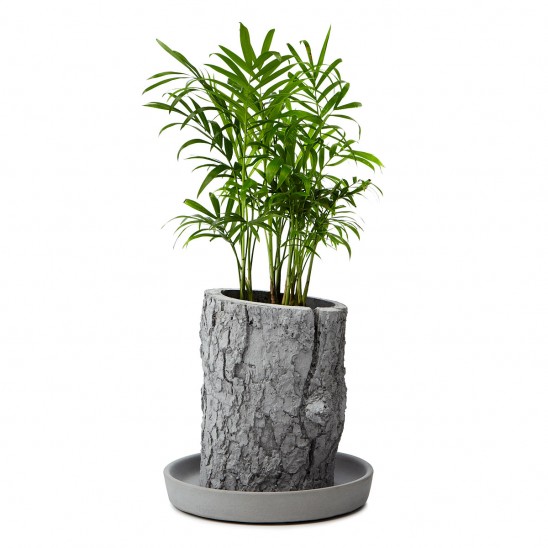
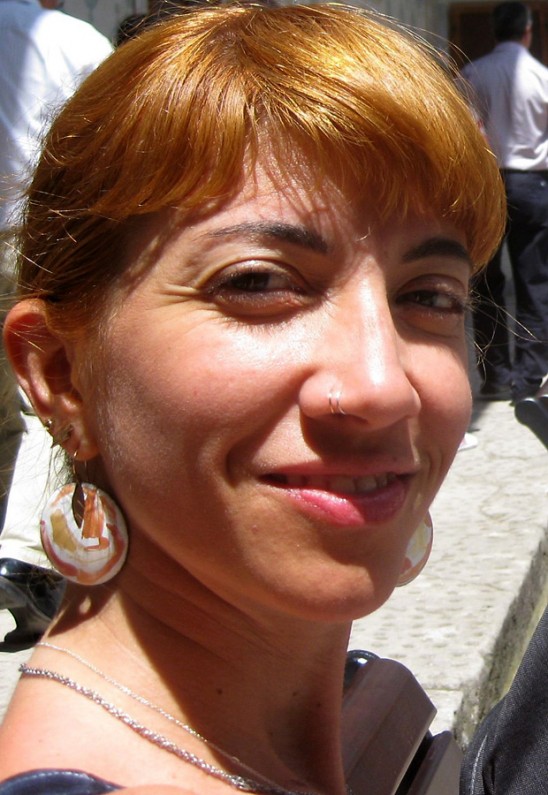
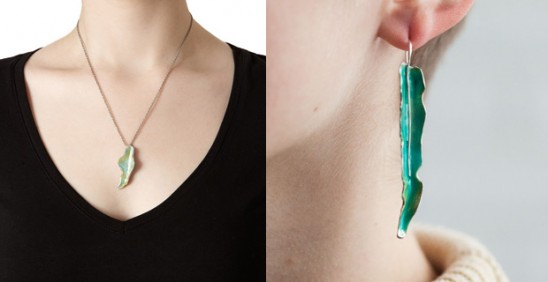
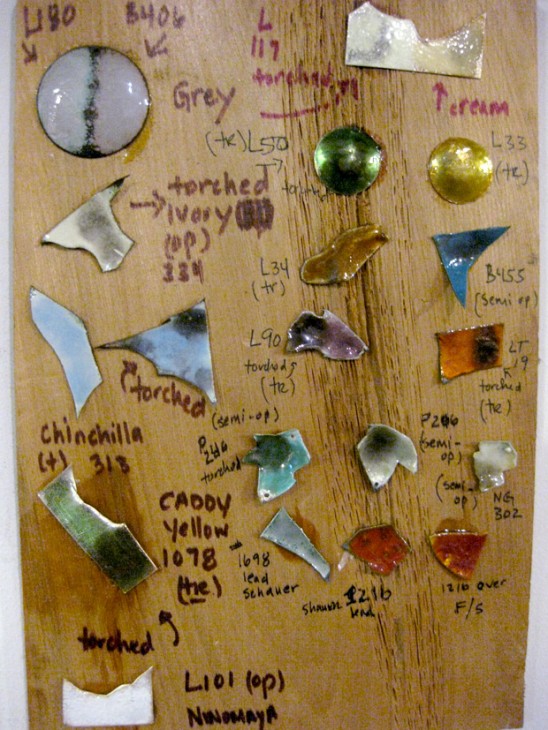
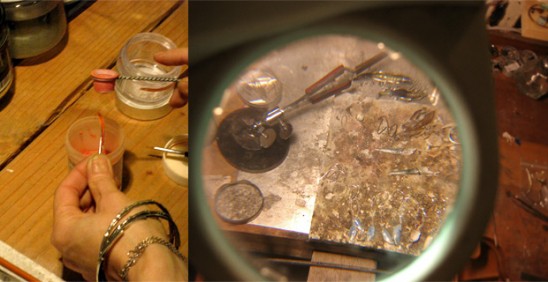
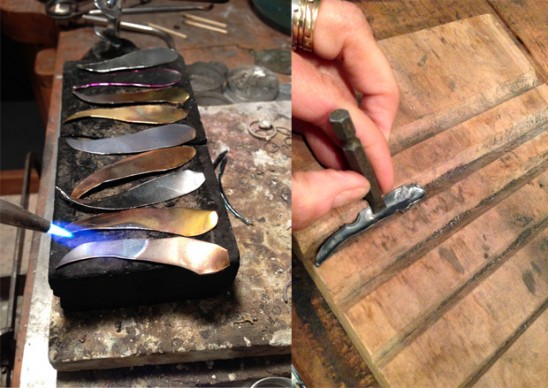
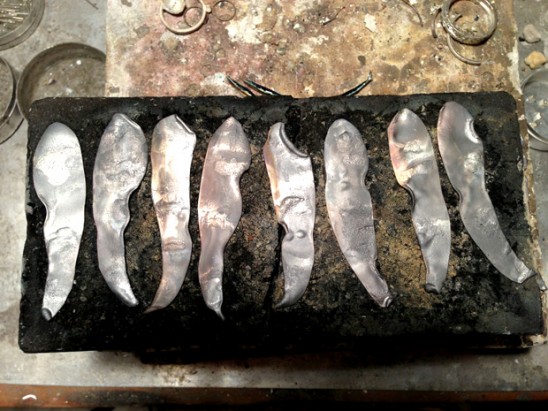
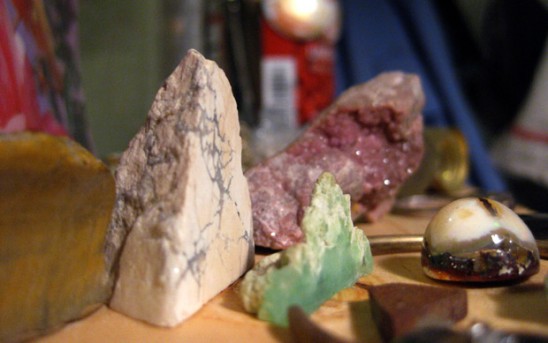
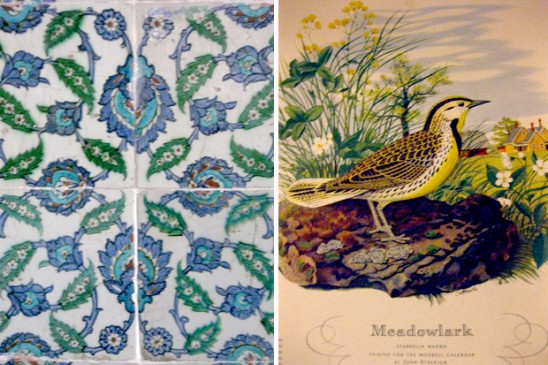
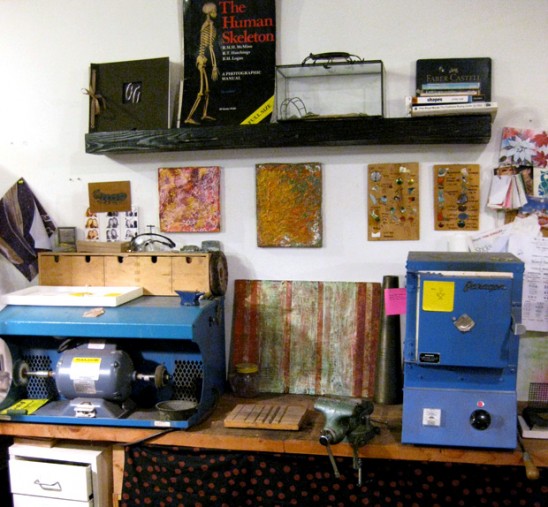
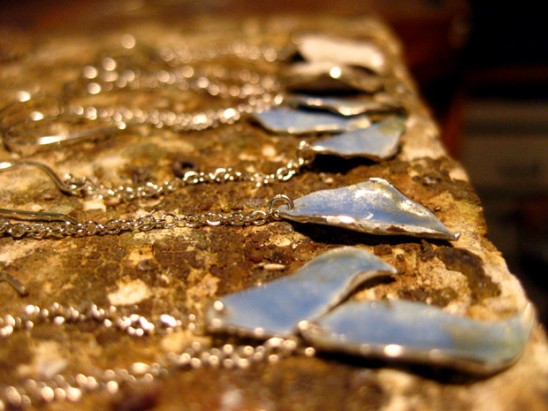
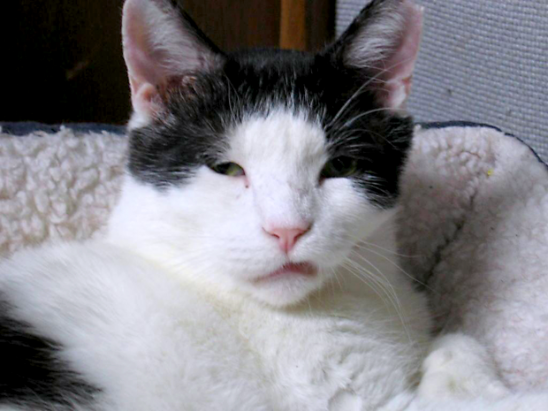
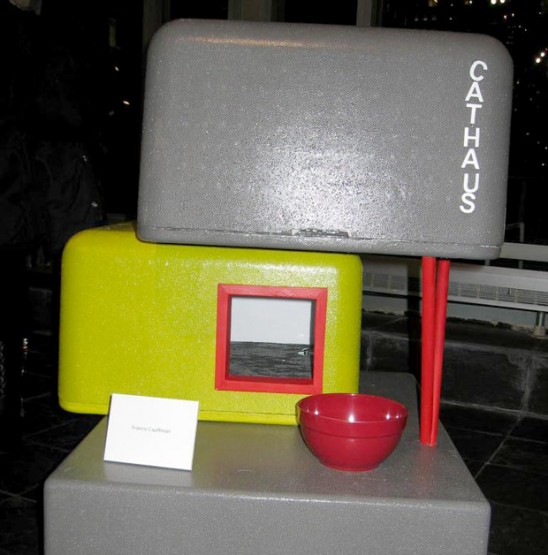
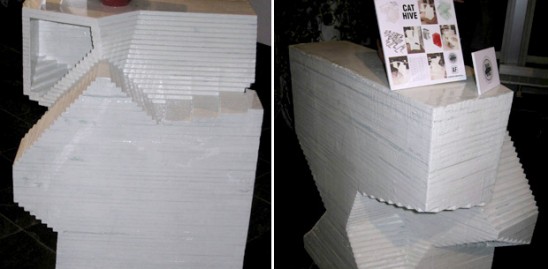
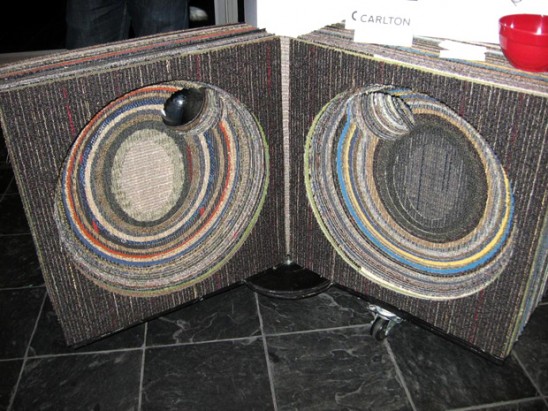
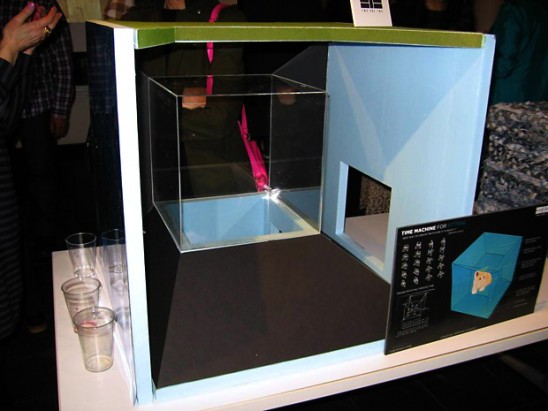
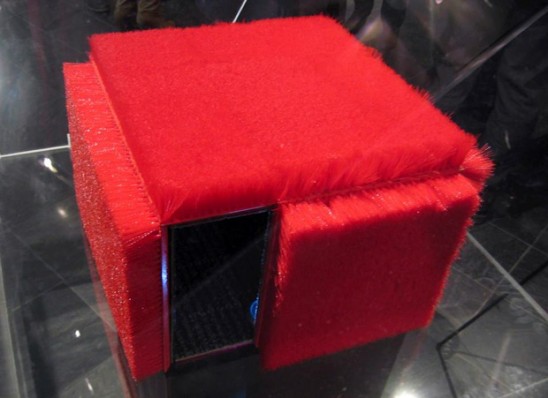
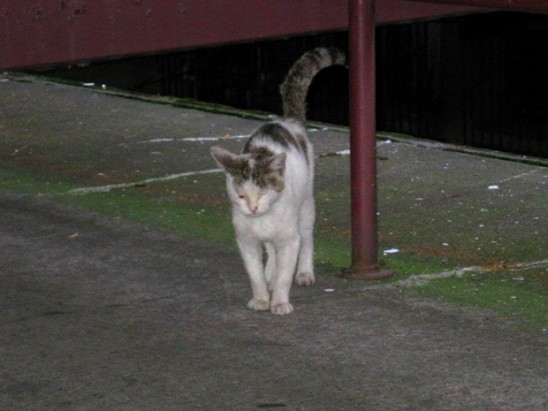
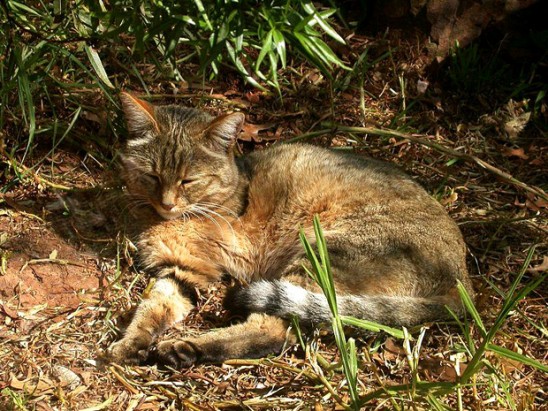
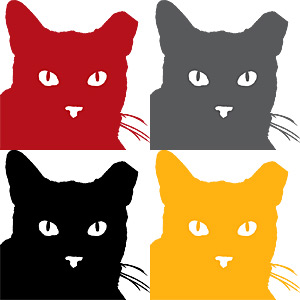
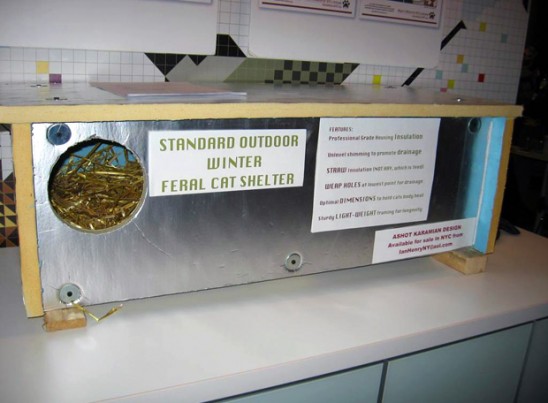
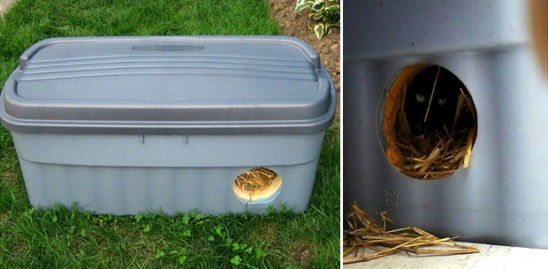
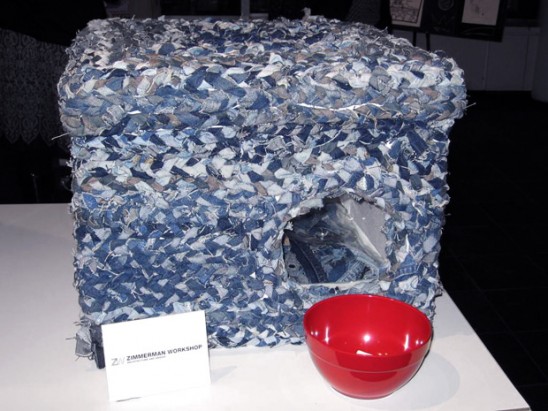

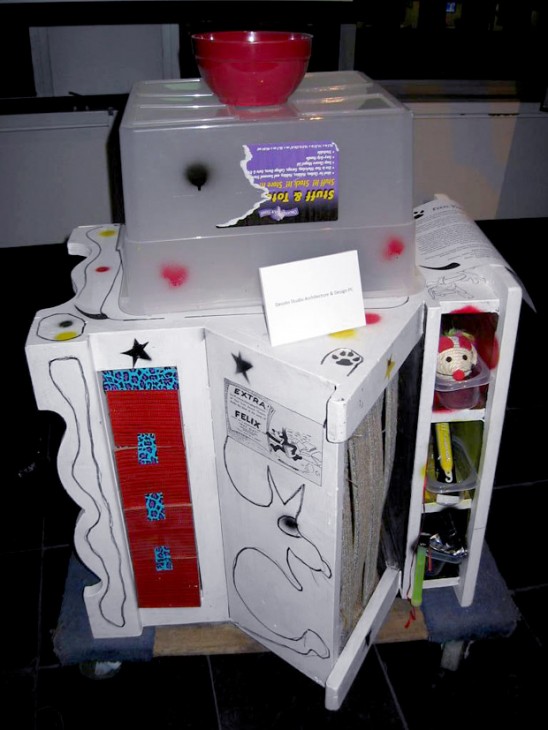
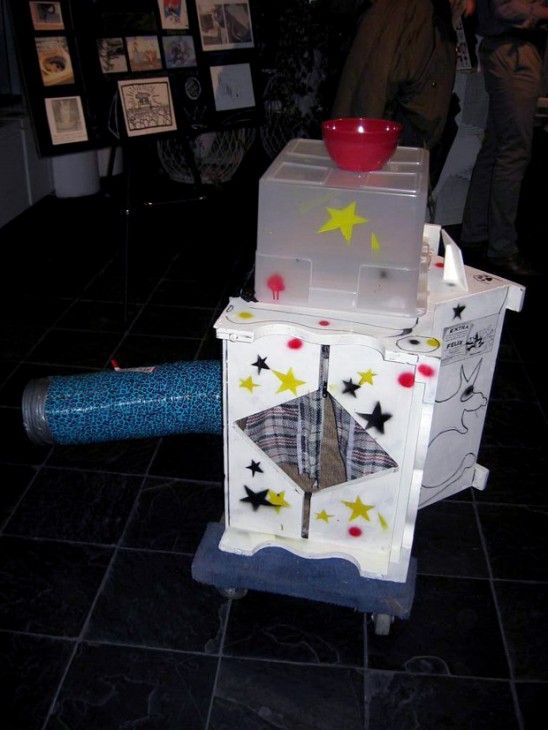
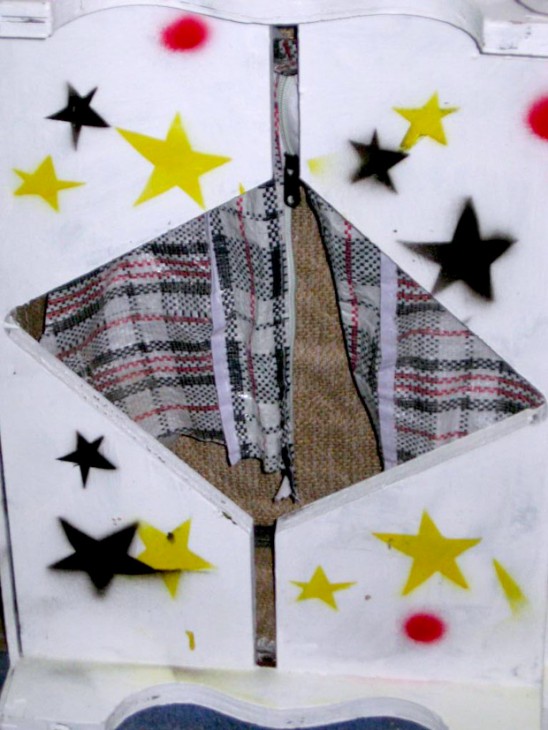

 Hypothesis
Hypothesis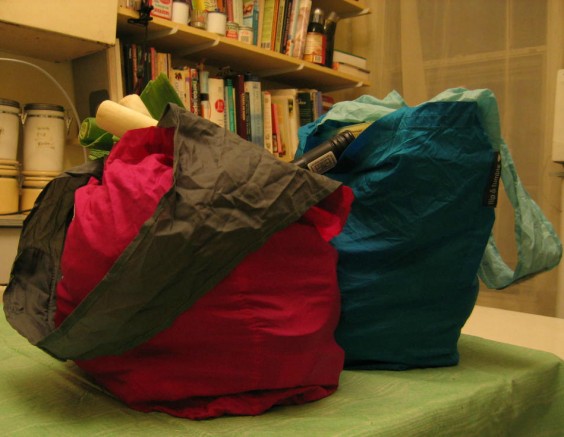

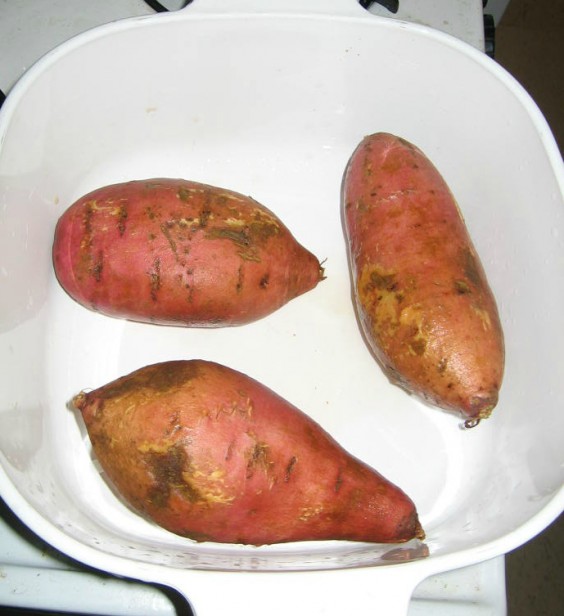
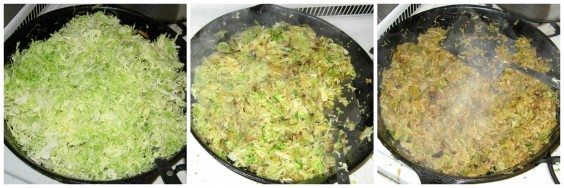

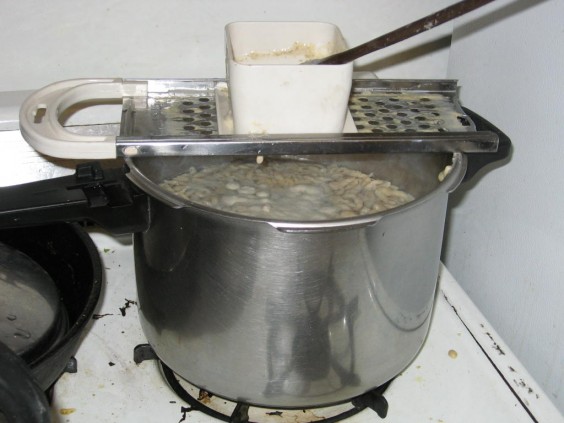
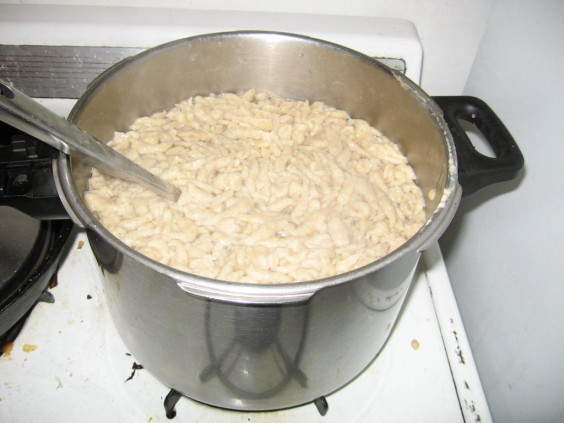
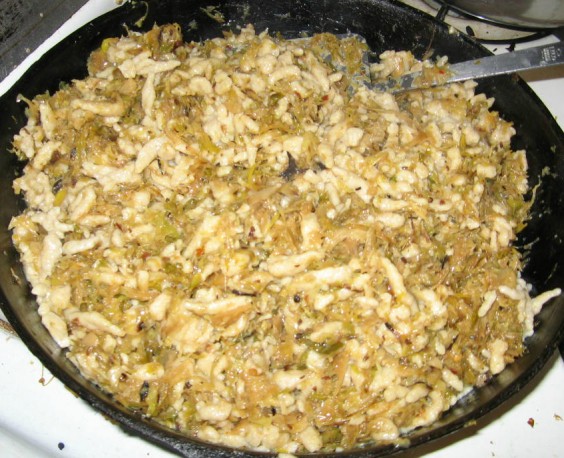

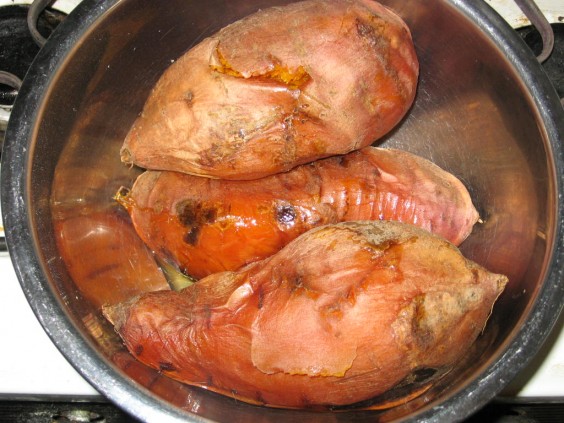
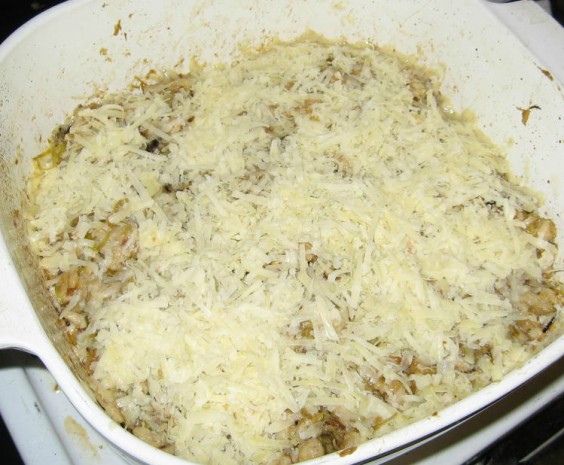
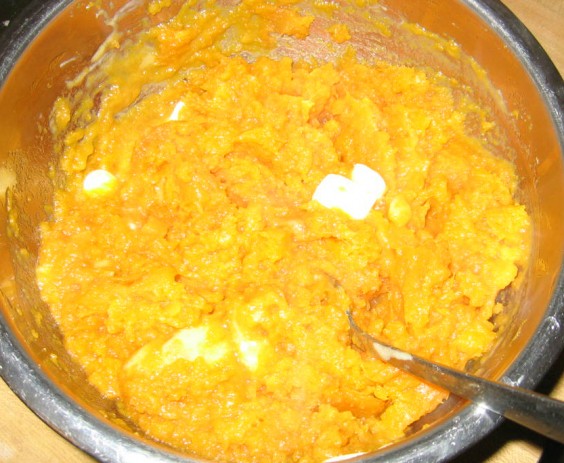
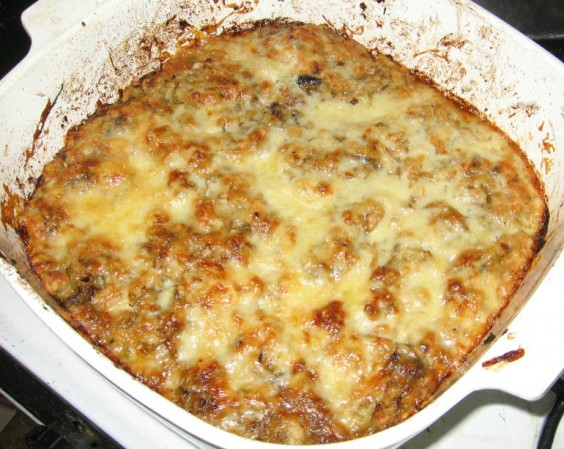
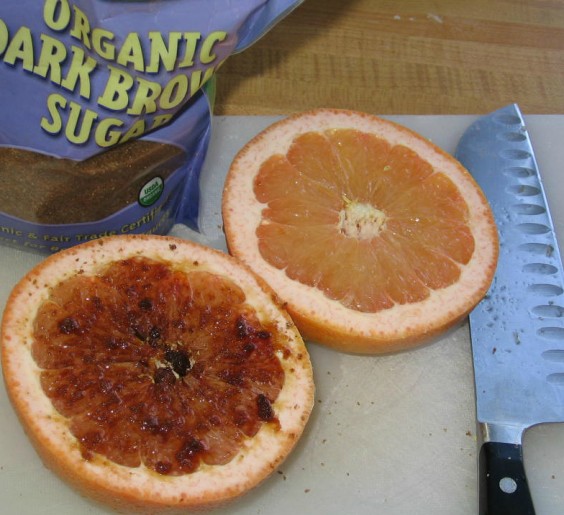
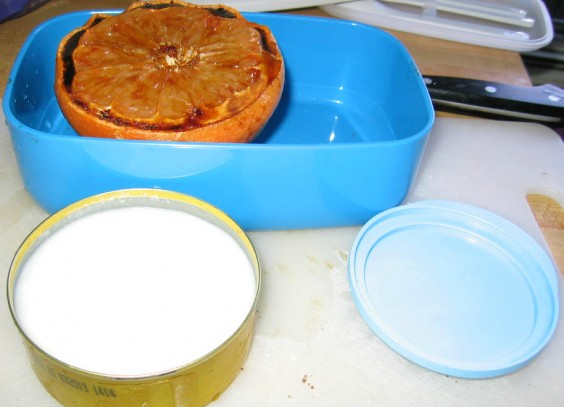
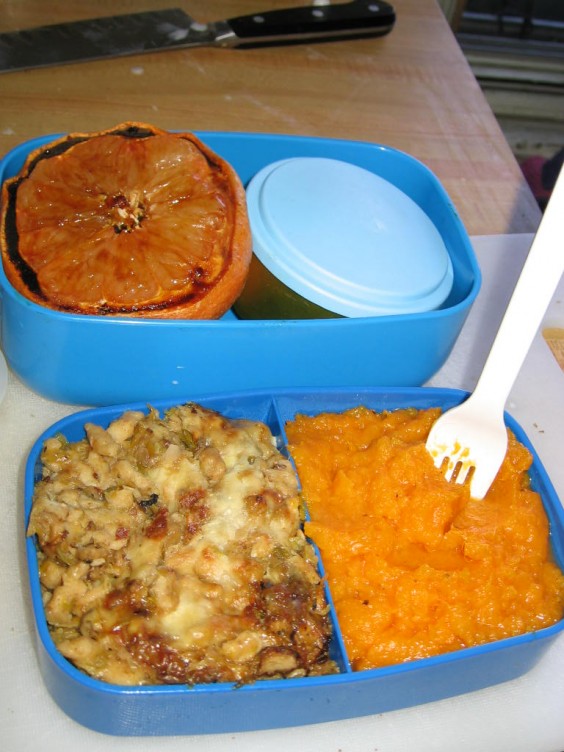
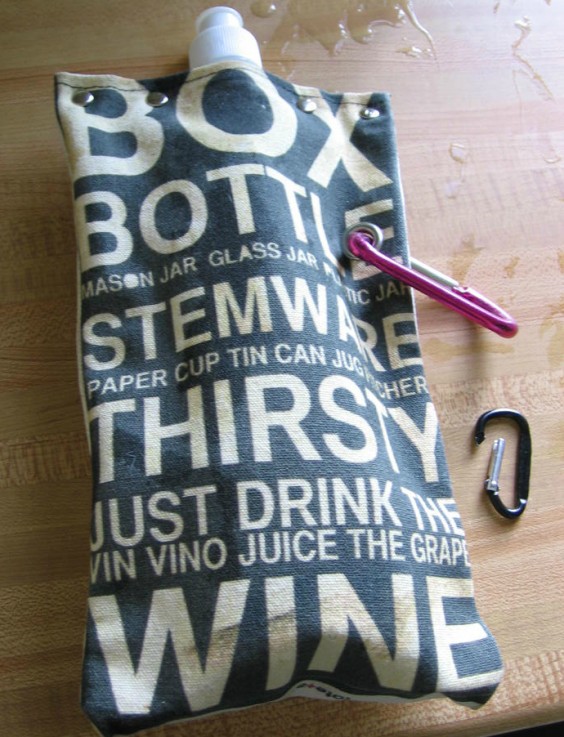
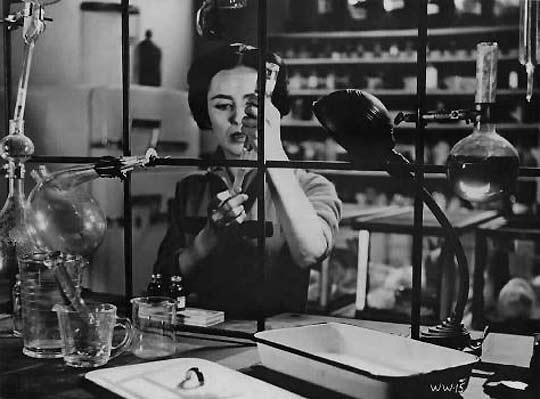 Actress Susan Cabot as a chemist/inventor Janice Starlin in the 1959 Roger Corman film, The Wasp Woman
Actress Susan Cabot as a chemist/inventor Janice Starlin in the 1959 Roger Corman film, The Wasp Woman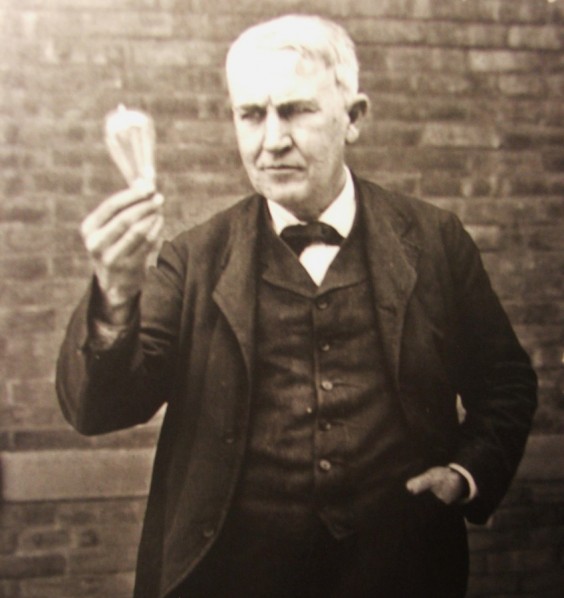 Thomas Edison looking stern while holding a light bulb
Thomas Edison looking stern while holding a light bulb